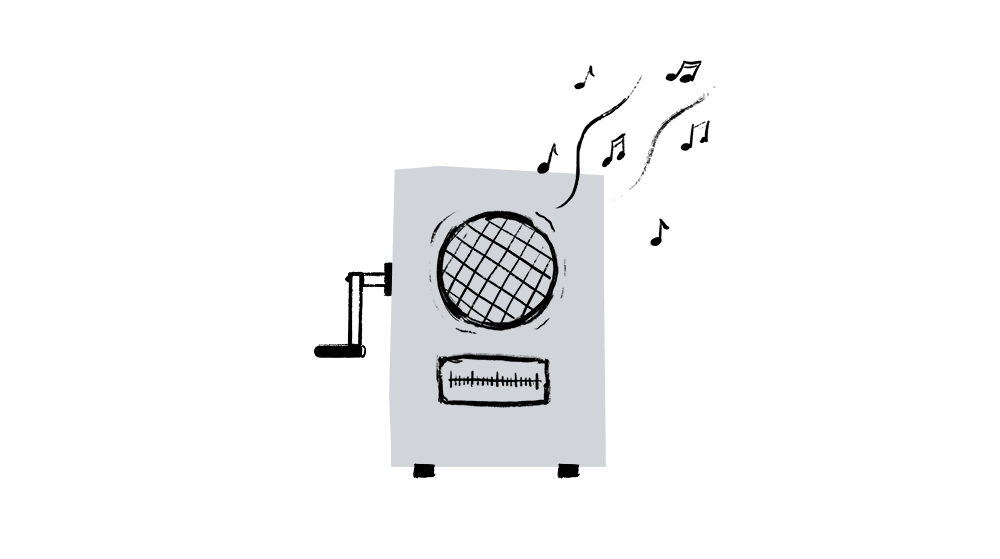Managing your company’s accounts receivable is a critical - but often highly time-consuming - part of the Invoice-to-Cash (I2C) process. Even if parts of the process are digitalized, manual reconciliation is often still required due to data coming from various sources and systems that do not communicate seamlessly with each other.
Pros and cons of outsourcing to factoring companies
Outsourcing accounts receivable management to an external partner can seem appealing. Some companies choose to sell their invoices to a factoring company, which then assumes the claim and takes responsibility for collecting unpaid invoices from customers.
The advantage of this approach is that it frees up internal resources, allowing your team to focus on more strategic work. However, the downside is that you also outsource a vital part of your customer relationships to a third party whose business model and financial incentives may not align with your brand and communication strategy.
Additionally, any customers who are dissatisfied with how the factoring company handles collections will direct their frustration toward your business - not the third-party provider.
Streamline accounts receivable management on your terms
To reduce the administrative burden of managing accounts receivable while maintaining control over customer relationships, automation tools are a valuable solution. By automating key processes, you can establish clear rules for different scenarios and set up workflows that trigger the right actions at the right time during the I2C process.
Key benefits of automated accounts receivable management
Automating accounts receivable management leads to significant improvements in how your company handles payments and cash flow. Here are some of the advantages:
More efficient workflows - AI-powered solutions can streamline processes by automatically sending reminders, monitoring invoices, and detecting discrepancies in real time. This reduces the need for manual, time-consuming tasks like invoice matching and tracking late payments.
More time for strategic work - Automation significantly reduces the workload for your team, allowing them to focus on more value-driven and strategic initiatives.
Improved cash flow - By ensuring faster payments and structuring follow-ups more effectively, automation can enhance your company’s liquidity.
Stronger customer relationships - AI-driven reminders can be personalized based on customers’ payment history, helping to foster trust and increasing the likelihood of timely payments.
A complete financial overview through smart integrations - By integrating automated accounts receivable solutions with other business systems, such as ERP and CRM platforms, you gain a holistic view of your company’s financial situation. This makes it easier to make informed decisions and optimize financial planning.
In summary, automation is more than just an efficiency booster - it is a strategic tool that helps your company manage both current and future financial challenges. By implementing automated workflows, you not only improve operational efficiency but also create a scalable foundation for sustainable growth.

















